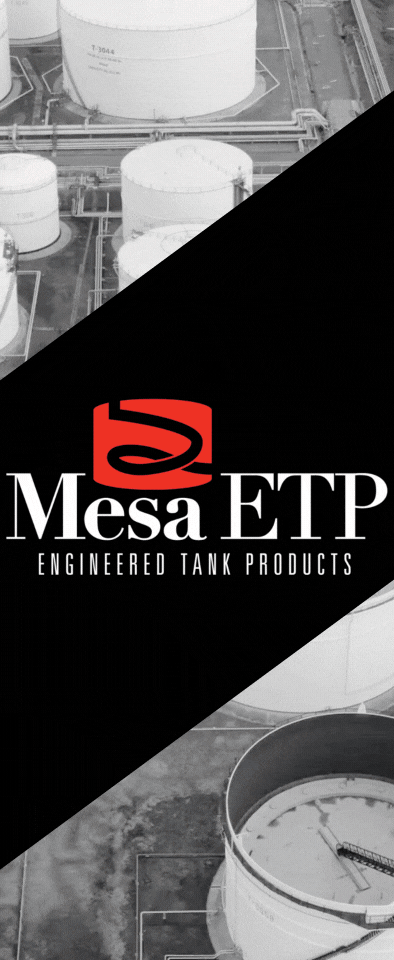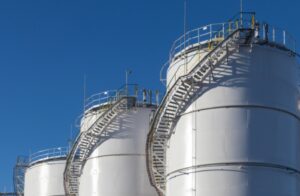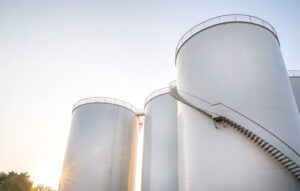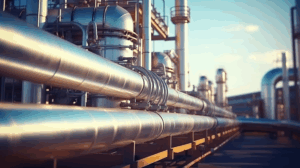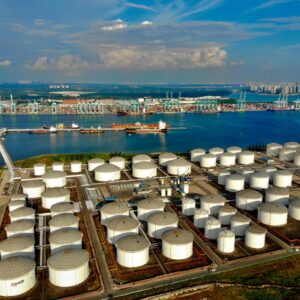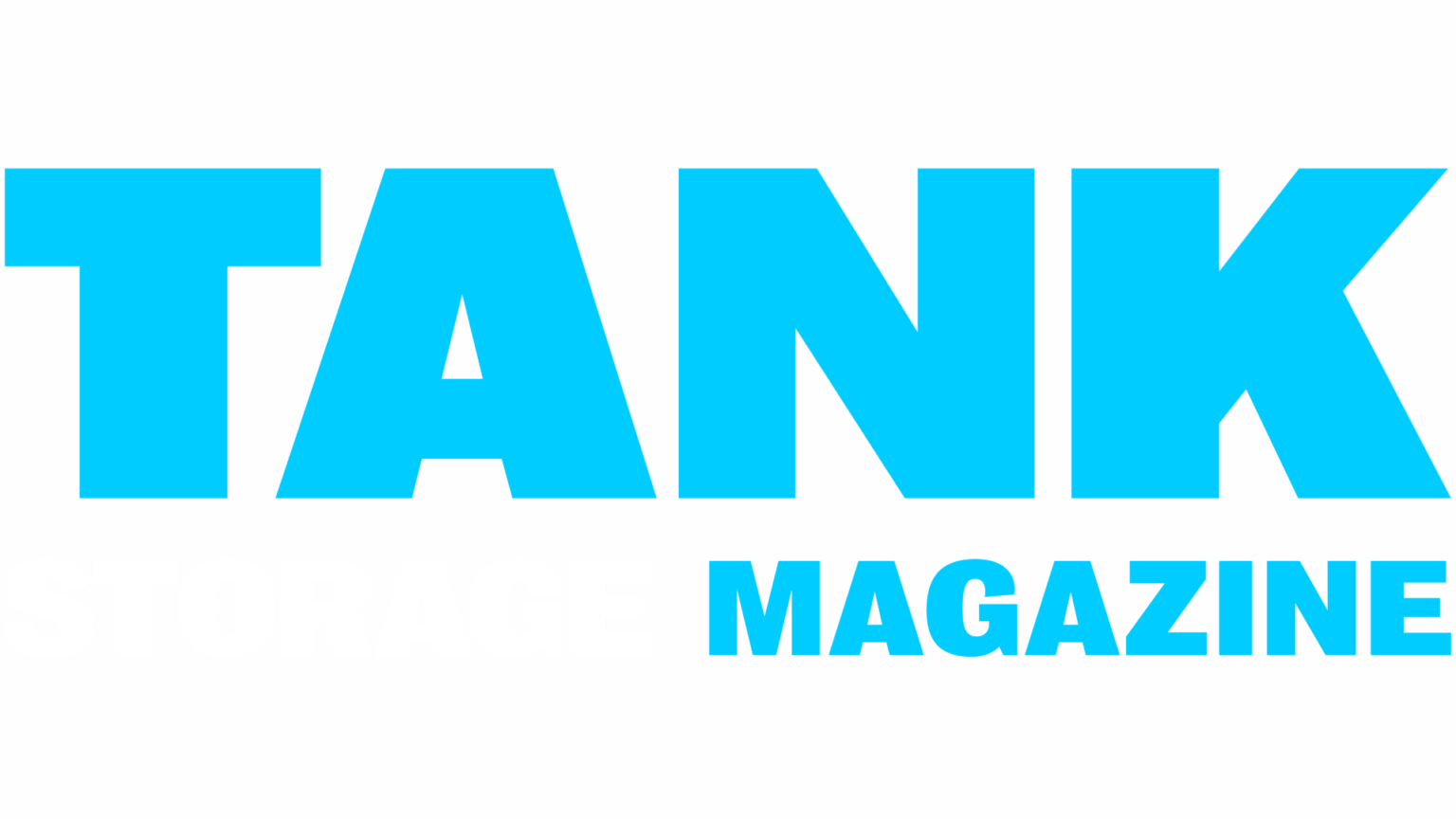Let’s take a look back at the only event delivering the cutting edge of tank storage and energy infrastructure: StocExpo On 12 & 13 March, StocExpo returned for its 19th edition, welcoming the tank storage and bulk liquid community, familiar and new, to the hub of the energy infrastructure market in Rotterdam, the Netherlands. Championing collaboration and innovation, the event remains the blueprint for safer and sustainable fuel storage. With over 3,500 attendees and more than 150 exhibitors, StocExpo solidified its position as the leading influencer in the tank storage and energy infrastructure industry. Over the two days, the […]
This post is only available to members. Please login below, or purchase Tank Storage Magazine Subscription – Print & Digital Subscription or Tank Storage Magazine Subscription – Digital Subscription to access this post.
log in
log in

